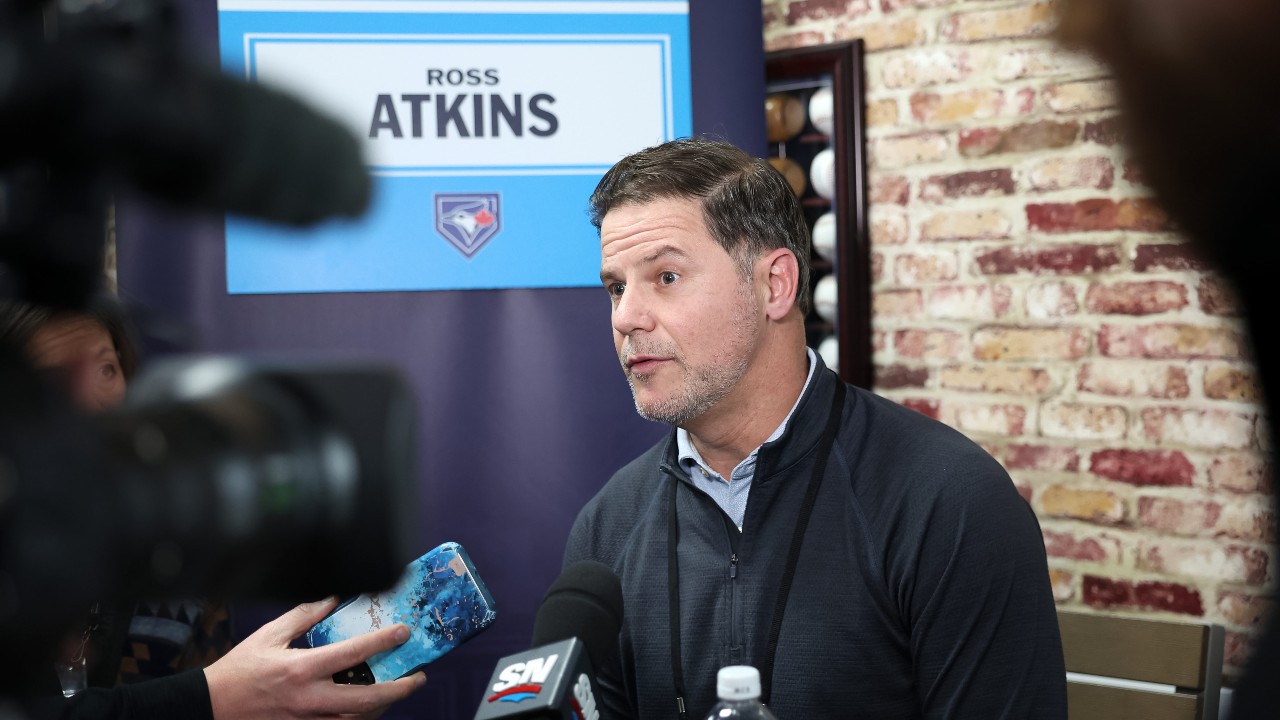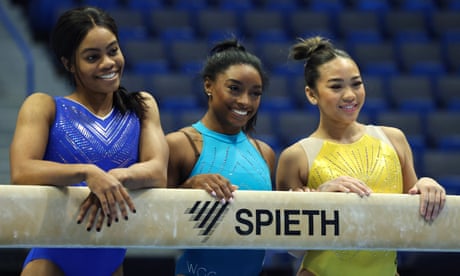
In our first-ever Toronto Maple Leafs mailbag — a trusty crutch in these sports-content-starved times — we tackle 2020-21’s hole-filled blue line, Auston Matthews’ increased physical presence, the uncertain contract status of Ilya Mikheyev and more.
Unlike Amazon, which can’t get around to shipping my nonessential rice cooker until mid-May, this mail will get delivered on time. Thanks for the questions. Keep ’em coming @lukefoxjukebox.
This is far and away the greatest roster question mark hovering over the organization, which currently commits less than 25 per cent of its salary cap space to its blue line. The retention of Jake Muzzin was critical, and Morgan Rielly and Justin Holl will be leaned on for heavy minutes and must be two of the 2020-21 Leafs’ greatest bargains.
If, like me, you agree Martin Marincin re-signed for the league minimum ($700,000) to quietly hang around as the seventh defenceman, and Tyson Barrie and Cody Ceci will walk in free agency, that leaves three open spots on a healthy blue line.
RFA Travis Dermott, 23, has no arbitration rights and, coming off shoulder surgery, didn’t bust out in quite the way some of us imagined. His next deal has bridge written all over it.
In my opinion, Rasmus Sandin is essentially guaranteed to make the team, but a veteran upgrade over righty Timothy Liljegren should be a top priority.
No doubt, general manager Kyle Dubas’s dream would be bringing Alex Pietrangelo home, but the Blues captain is happy where he is, and there is a mutual interest to get a deal done in St. Louis. The UFA targets drop a tier from there to names like Justin Schultz, Sami Vatanen, Chris Tanev and Radko Gudas.
Toronto prefers trading for term, so defencemen who fit that bill absolutely include Josh Manson. We’d toss out the names Rasmus Ristolainen and Matt Dumba as nice fits as well.
You’re 100 per cent right, Anthony. There was much more bite to Matthews’ game this season, and that edge — which personally I loved seeing emerge — was swelling as the playoff and Rocket Richard Trophy races simultaneously tightened.
From an individual standpoint, the halt to AM34’s campaign was the biggest bummer on the roster. His 40 hits on the year crushed his previous high of 28, and last week Matthews described his 2019-20 as a season of “lots of growth and room for growth.”
Twice Matthews said he senses the Leafs need more of “a killer mentality,” and that quality has to start with your No. 1 centre.
Remember, the kid is only 22. A large reason for things “clicking” is simply maturity.
Part of the reason Matthews has been slow to use his six-foot-three, 220-pound frame, I’d suggest, is he developed in skills-centric programs that didn’t encourage it as much as, say, coming up in the CHL might.
A few other factors I believe encouraged him to increase his physical battle level: He’s heard the criticism. He now has a letter on his chest and the juiciest paycheques on the roster, and he’s an alpha dog who thrives on outperforming expectations. For the first winter in three years his upper body was fully healthy.
Finally, under coach Sheldon Keefe, Matthews was given more ice time, more trust and more tough matchups that demanded more butting of heads.
“He’s been great,” Matthews said. “Everybody’s been really receptive to him and I think he’s been extremely receptive to us as well. I think that’s all you can really ask for.”
The great news on Ilya Mikheyev — Leafs Nation’s soup-slurping, Friends-studying cult hero — is that he has recovered from his horrific post-Christmas wrist injury and will be available to the club should the 2020-21 resume. And from a contract bargaining standpoint, the RFA-bound rookie could benefit from a few games to prove his health and value.
Mikheyev’s leverage will be minimal because the 25-year-old is still under club control (although he is eligible for arbitration), the salary cap is expected to flatten and the winger has less than half an NHL season of experience (eight goals, 15 assists in 39 games). The player likes the team; the team loves the player. We’d guess a one- or two-year bridge deal in the ballpark of the extension Pierre Engvall signed mid-season (two years at $1.25 million per year). Would a team with more budget and ice time for forwards give Mikheyev a raise over $2 million? Probably. But Dubas’s investment in this player isn’t all financial, and like it or not, the GM must pinch the roster’s middle class to keep the Big 4 in the city.
On Andreas Johnsson, who is still recovering from February’s knee surgery: I don’t think he’s the most likely to get traded, even though he could well be the forward Dubas is most comfortable dealing. That’s because Toronto would be trading when Mango’s value has dipped. Despite being given a prime opportunity in the top-six, Johnsson suffered a sophomore slump. He endured a series of injuries and, by virtually every measure, saw his numbers drop from that promising 20-goal freshman campaign.
If I’m a rival GM looking for a Toronto forward with cost certainty, I’m more likely to trade one of my defencemen for the speedy, spunky, penalty-killing Kasperi Kapanen or the defensively responsible Alexander Kerfoot, who offers the ability to play centre as well.
Yes, and also yes.
Star players from Connor McDavid to John Carlson have publicly spoken about the necessity for ice time, minicamps, plus exhibition and/or regular-season games before leaping into the playoffs after what could be a layoff exceeding five months. And the NHLPA will absolutely have a say on the when, if and how 2019-20 resumes.
COVID-19 concerns aside, “we also want to make that our players don’t jeopardize their health by coming back too soon and not being in game shape,” Gary Bettman said on CNN this week.
Expect a two- or three-week on-ice ramp-up period between a lifted quarantine and hockey that matters.




